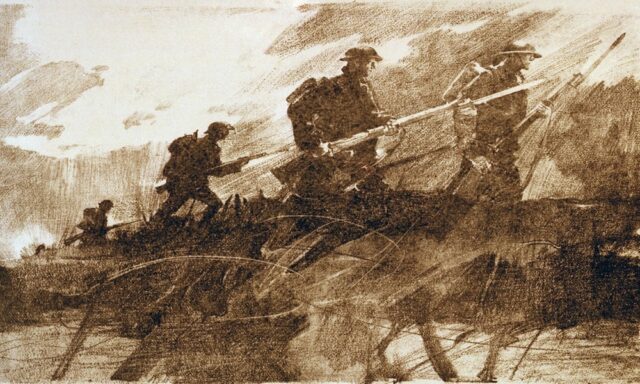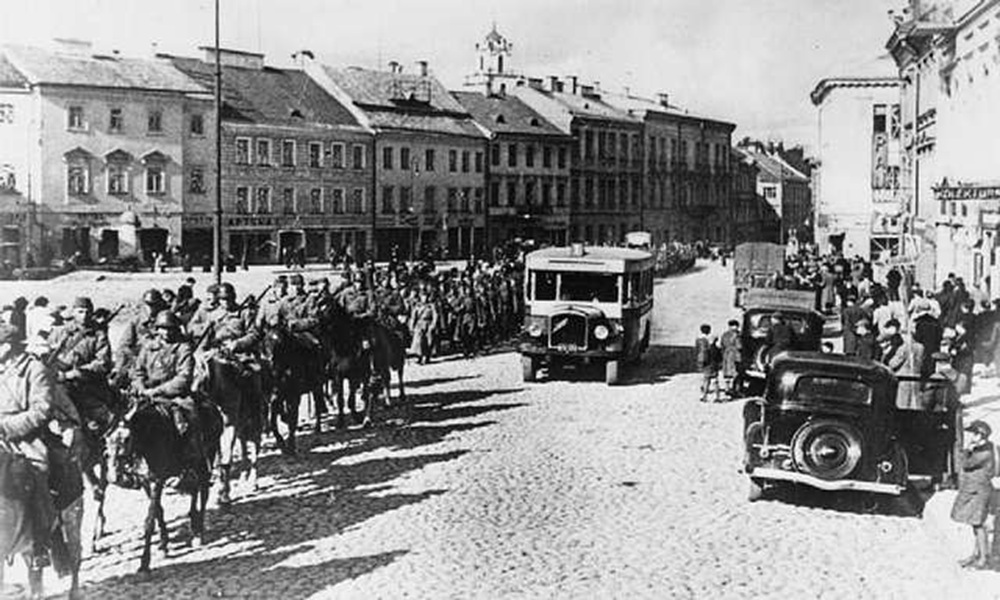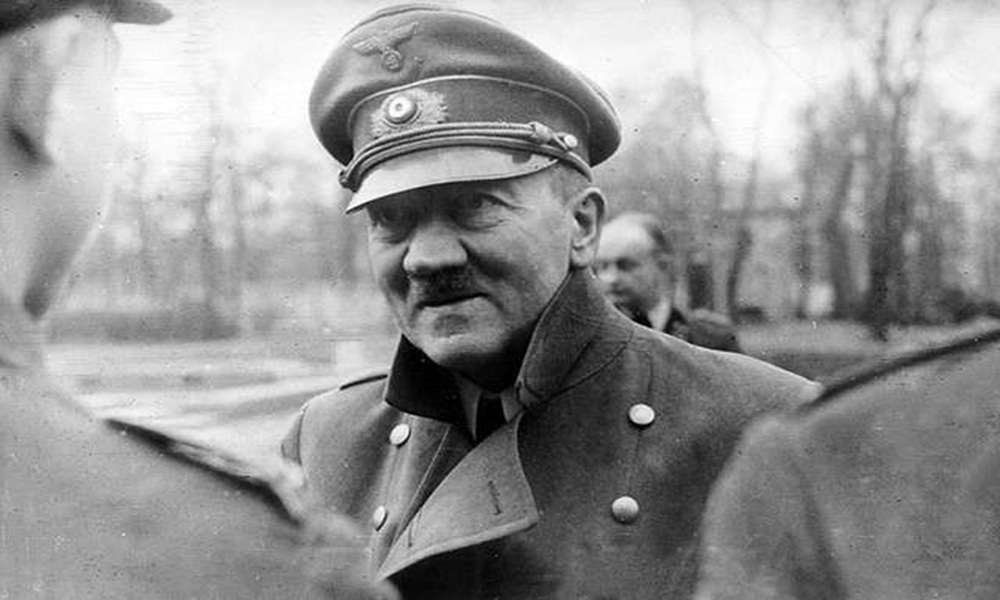World War II, a worldwide conflict that spanned from 1939 to 1945, engaged the majority of the globe’s nations, including all major powers. This war was characterized by pivotal events, intense battles, and substantial societal transformations. Understanding World War II is essential for grasping modern history and its ongoing effects.
Causes of World War II
The causes of World War II were intricate and multifaceted. They include unresolved issues from World War I, economic instability, and the rise of totalitarian regimes. Each factor played a role in triggering the war.
The Treaty of Versailles
The Treaty of Versailles ended World War I in 1919. It imposed severe reparations on Germany, fostering resentment among its population. Many Germans felt humiliated and sought to overturn its terms, laying the groundwork for future conflict.
Economic Instability
The Great Depression of the 1930s caused widespread economic hardship. Countries struggled with unemployment and poverty, leading to political unrest and the rise of extremist movements. Many people turned to totalitarian regimes that promised stability and national rejuvenation.
Rise of Totalitarian Regimes
Totalitarian regimes emerged in several countries during the 1930s. Adolf Hitler rose to power in Germany, promoting aggressive nationalism. Benito Mussolini established a fascist regime in Italy, while militarists gained control in Japan, advocating for expansion. These regimes adopted aggressive foreign policies that played a key role in the outbreak of war.
Major Events Leading to World War II
Several key events set the stage for World War II, escalating tensions and ultimately leading to conflict.
The Invasion of Poland
On September 1, 1939, Germany invaded Poland, officially starting World War II. In response, Britain and France declared war on Germany two days after the invasion. The swift German victory demonstrated the effectiveness of blitzkrieg tactics.
The Fall of France
In May 1940, Germany launched an invasion of France, quickly overwhelming French defenses. By June 1940, France had surrendered, shocking the world and leaving Britain to stand alone against Nazi Germany.
The Battle of Britain
The Battle of Britain began in July 1940, with the Royal Air Force defending the UK against the German Luftwaffe. The British successfully repelled the German air assault, marking the first major defeat for Hitler’s military.
Operation Barbarossa
In June 1941, Germany initiated Operation Barbarossa, its invasion of the Soviet Union. This operation opened the Eastern Front, leading to some of the war’s largest battles. The harsh winter and fierce Soviet resistance halted the German advance.
Major Battles of World War II
World War II saw several pivotal battles that influenced the course of the conflict.
The Battle of Stalingrad
The Battle of Stalingrad, fought from August 1942 to February 1943, was one of history’s deadliest battles. The Soviet Union successfully defended the city against the German Army, marking a crucial turning point on the Eastern Front.
The Battle of Midway
The Battle of Midway occurred in June 1942 and was a crucial naval battle in the Pacific Theater. The United States Navy decisively defeated the Japanese fleet, shifting the balance of power in the Pacific.
The D-Day Invasion
D-Day, also called the Normandy Invasion, occurred on June 6, 1944. Allied forces launched a large-scale assault on German-occupied France, initiating the liberation of Western Europe.
The Battle of the Bulge
The Battle of the Bulge occurred in December 1944 and was Germany’s last major offensive on the Western Front. The Allies eventually repelled the German forces, leading to a swift advance into Germany.
The Role of Technology War
World War II brought major technological advancements that transformed warfare. These innovations had a profound impact on military strategies and outcomes.
Aircraft and Air Power
Aircraft were instrumental in World War II, shaping the course of the conflict. Bombers were used for strategic bombing campaigns, while fighter planes engaged in dogfights to gain air superiority. The development of radar improved detection and defense against enemy aircraft.
Tanks and Armored Warfare
Tanks became a dominant force on the battlefield, providing mobility and firepower. The use of armored divisions allowed for rapid advances and breakthroughs in enemy lines, changing traditional infantry tactics.
Naval Warfare
Naval power was essential in World War II. Aircraft carriers became the centerpiece of naval strategy, as showcased in the Battle of Midway. Submarines also played a significant role in disrupting supply lines.
Atomic Bomb
The development of the atomic bomb revolutionized warfare and marked a significant turning point in history. The United States successfully tested the bomb in July 1945. This new weapon was used against Japan in August 1945, leading to the devastation of Hiroshima and Nagasaki. The bombings led to Japan’s surrender, bringing World War II to an end.
The Aftermath of World War II
The end of World War II led to profound transformations in the global landscape. The war resulted in significant loss of life and widespread destruction, leading to the emergence of the United States and the Soviet Union as superpowers.
The United Nations
In 1945, the United Nations was founded to foster international cooperation and prevent future conflicts. The organization aimed to foster peace and security among nations while focusing on human rights and humanitarian efforts.
The Cold War
The ideological differences between the United States and the Soviet Union led to the Cold War, characterized by political tension, military rivalry, and proxy wars. This period changed world politics for decades.
Decolonization
World War II accelerated the process of decolonization, as many countries in Asia and Africa sought independence from colonial powers. The war weakened European nations, making it difficult for them to maintain control over their colonies.
Economic Impact
The war left a lasting economic impact on many nations. The Marshall Plan helped rebuild Europe after the war by providing financial aid to promote recovery and prevent the spread of communism.
Key Figures of World War II
World War II was shaped by numerous influential leaders and military figures whose decisions and actions had a profound impact on the course of the war.
Adolf Hitler
As the leader of Nazi Germany, Adolf Hitler was a central figure in the war. His aggressive expansionist policies led to the invasion of multiple countries, and his ideology of Aryan supremacy and anti-Semitism resulted in horrific atrocities, including the Holocaust.
Winston Churchill
Winston Churchill served as the Prime Minister of the United Kingdom for most of the war. His leadership and oratory skills inspired the British people to resist Nazi Germany, playing a crucial role in maintaining Allied morale.
Franklin D. Roosevelt
Franklin D. Roosevelt served as the President of the United States for most of World War II. His administration provided significant support to the Allies through programs like Lend-Lease, helping shape the Allied strategy against the Axis powers.
Joseph Stalin
Joseph Stalin was the leader of the Soviet Union throughout World War II. His decisions, including the defense of Stalingrad, were pivotal in turning the tide against Germany, with lasting effects on post-war Europe.
The Holocaust
The Holocaust was one of the darkest chapters of World War II, involving the systematic extermination of six million Jews and millions of others deemed undesirable by the Nazi regime. Understanding the Holocaust is essential for recognizing the consequences of hatred and intolerance.
Concentration Camps
Nazi Germany established concentration camps to detain and exterminate millions, with Auschwitz becoming a symbol of the Holocaust’s horrors.
Resistance and Resilience
Despite overwhelming oppression, many individuals and groups resisted the Nazis, with acts of defiance ranging from armed uprisings to efforts to save lives. The resilience of those who fought against the regime is a testament to the human spirit.
The Impact on Society
World War II had far-reaching effects on societies around the globe, transforming social structures, gender roles, and cultural norms.
Women in the Workforce
The war created a labor shortage as men went off to fight, leading women to step into roles traditionally held by men. This shift challenged gender norms and laid the groundwork for future advancements in women’s rights.
Civil Rights Movements
The experiences of African American soldiers during the war highlighted racial inequalities in the United States, fueling the civil rights movement in the post-war years as returning veterans demanded justice.
Globalization
World War II accelerated globalization, increasing the interconnectedness of nations as countries collaborated for reconstruction and economic recovery, shaping the modern world.
Lessons Learned from World War II
The lessons of World War II remain relevant today, emphasizing the importance of understanding the causes and consequences of the conflict to help prevent future wars.
The Importance of Diplomacy
World War II underscored the need for effective diplomacy, as the failure of appeasement policies contributed to the war’s outbreak. Nations must prioritize dialogue and cooperation to resolve conflicts peacefully.
The Dangers of Totalitarianism
The rise of totalitarian regimes during the war serves as a warning against unchecked power, highlighting the necessity of protecting democratic values and human rights.
The Value of International Cooperation
The establishment of the United Nations after the war emphasizes the importance of international cooperation, as collaborative efforts are crucial for addressing global challenges, such as climate change and humanitarian crises.
Conclusion
World War II was a complex and multifaceted conflict that reshaped the world. Its causes, key figures, and lasting impacts continue to resonate today. By studying this pivotal event, we can gain valuable insights into the importance of peace, cooperation, and the protection of human rights, which are essential for building a better future for all.













